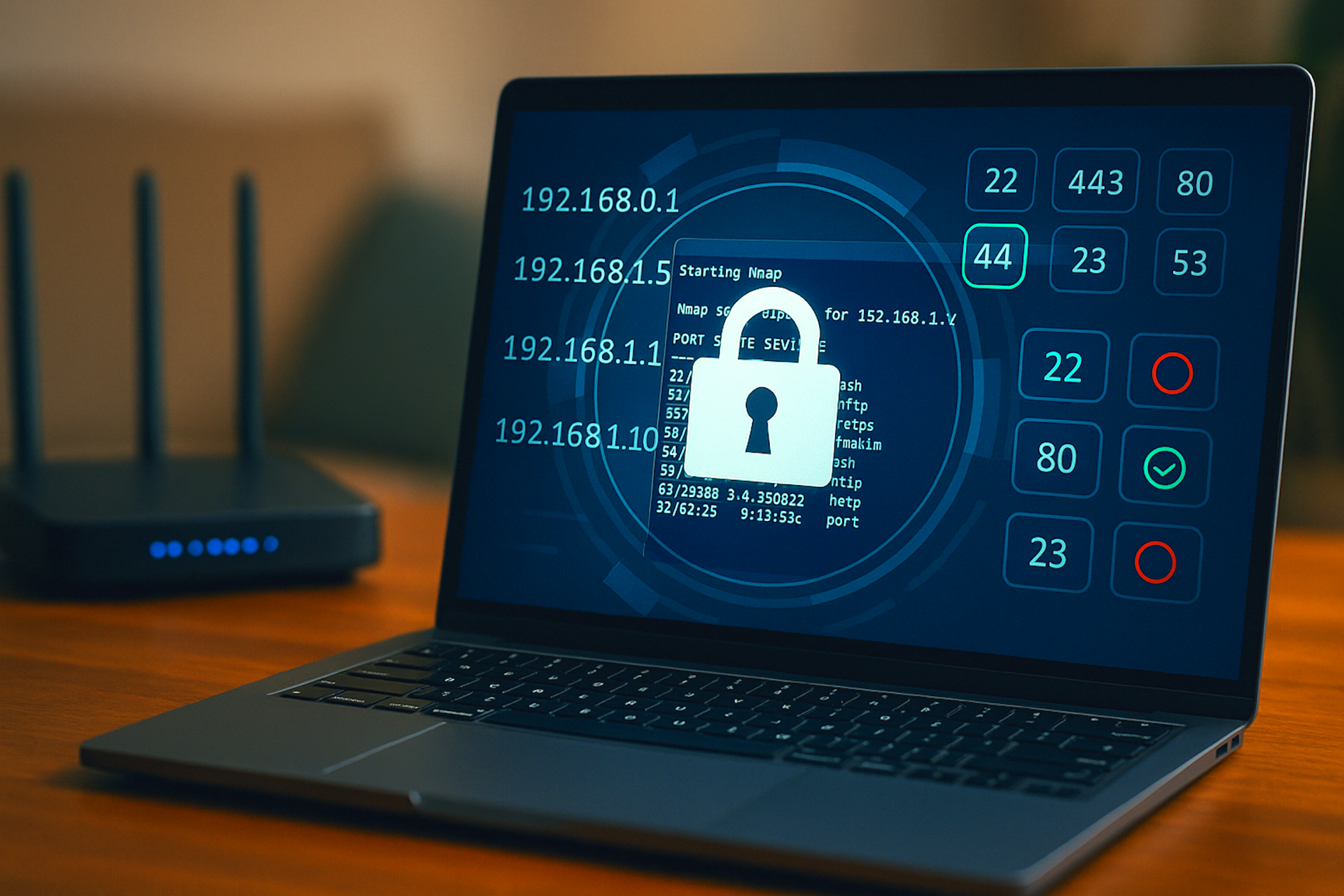Is Your Router Betraying You? The Alarming Truth About Network Vulnerabilities
Your home network is likely connected through a router that links all your devices - wired and wireless alike. But have you ever stopped to think about the security risks lurking within its digital walls?
Most of us assume our networks are safe, but the harsh reality is that they can be vulnerable to cyber threats. Hackers constantly scan for weaknesses in public IP addresses, Wi-Fi signals, and internal devices, looking for opportunities to exploit them.
Why You Should Scan Your Network
Regularly scanning your network and addressing vulnerabilities is crucial in protecting against such threats. It's easier than you might think!
There are two ways to scan your network:
- Web-based tools: Websites like Pentest Tools allow you to quickly scan your public IP address for open ports that hackers can exploit. However, this is only a surface-level scan, and web-based tools can't scan internal devices or Wi-Fi clients.
- Server-based tools (Nmap): Nmap operates on an external server and scans your network from the outside. It's open-source, free to use, but requires some technical knowledge. You can hire a Linux server or run Nmap on another machine connected to the internet.
How to Run Nmap
Nmap is a powerful tool that allows you to scan your network from the outside and expose open ports, vulnerabilities, and services that can be exploited. Here's how to get started:
Install Nmap on your device (Windows, macOS, or Linux) by running the command: `sudo apt install nmap`
Scan for vulnerabilities on open ports using the command: `nmap --script vuln [your external IP address]`
Patch the Holes and Harden Your Wi-Fi Router
Regardless of the scan you run, you'll see information about your router, ISP, current location, open ports, and any vulnerabilities. You may find commonly used open ports like 80 (HTTP), 443 (HTTPS), and 53 (DNS).
Don't panic - not all open ports are dangerous! However, it's essential to understand the risks associated with them.
- Common ports: Leave these open: HTTP (80), HTTPS (443), DNS (53)
- Port closures: Close unused ports like RDP (3389), SSH (22), Telnet (23), and FTP (20 and 21). You can hide specific ports from hackers or open them when needed.
Harden Your Router Settings
Enable the "disable pings from WAN" option on your router's firewall settings to prevent hackers from scanning for open ports. This will keep your network secure and make it harder for hackers to identify vulnerabilities.
Check your router settings before using them, as some are best left disabled. Consult the manufacturer's documentation or online resources to determine which settings apply to your specific router model.
Conclusion
Your home network may seem secure, but it's crucial to scan for vulnerabilities and address them regularly. With simple tools like Nmap and a little research, you can tune your network to be more secure. Remember to patch the holes and harden your Wi-Fi router settings to protect yourself against cyber threats.
